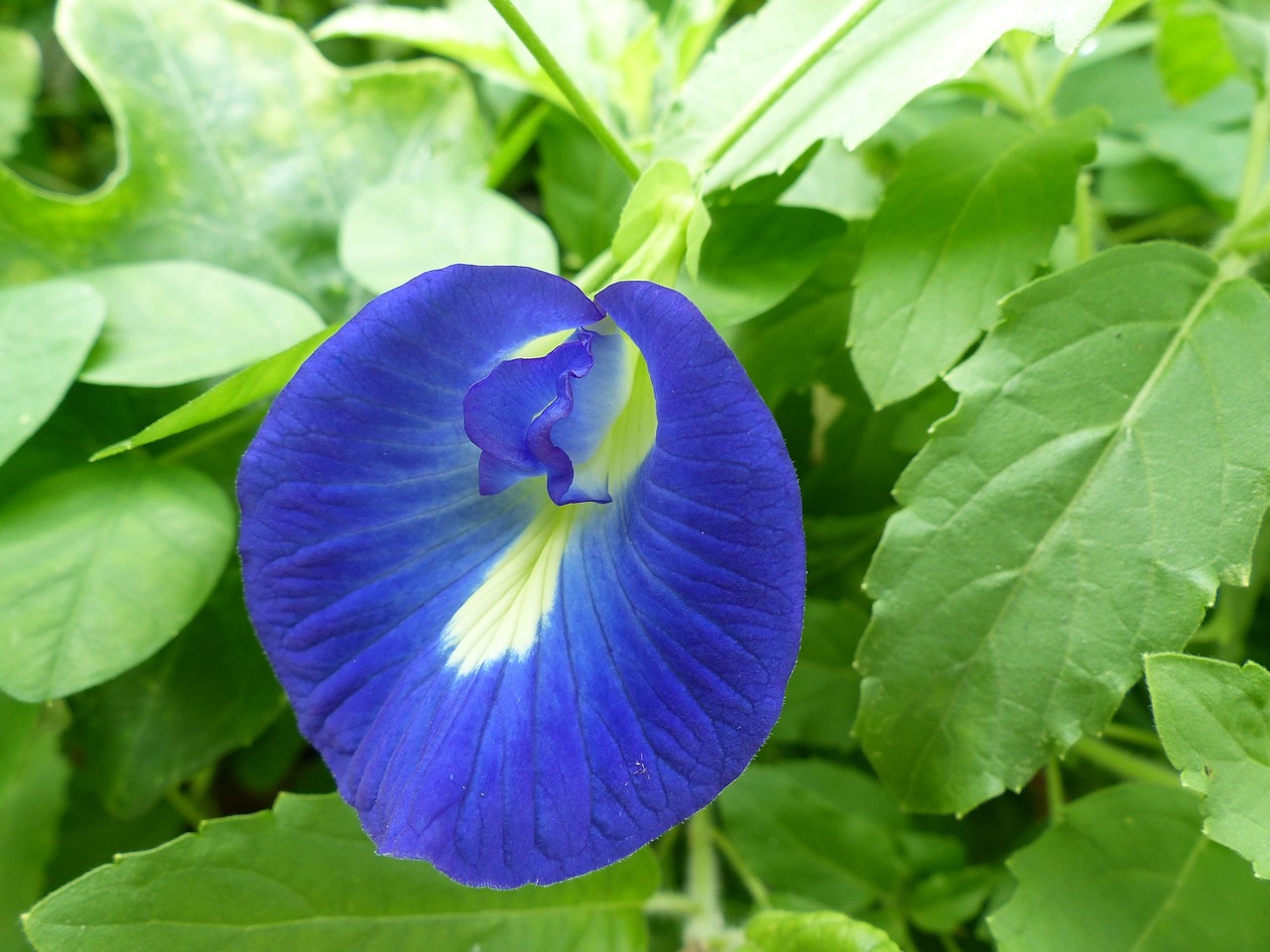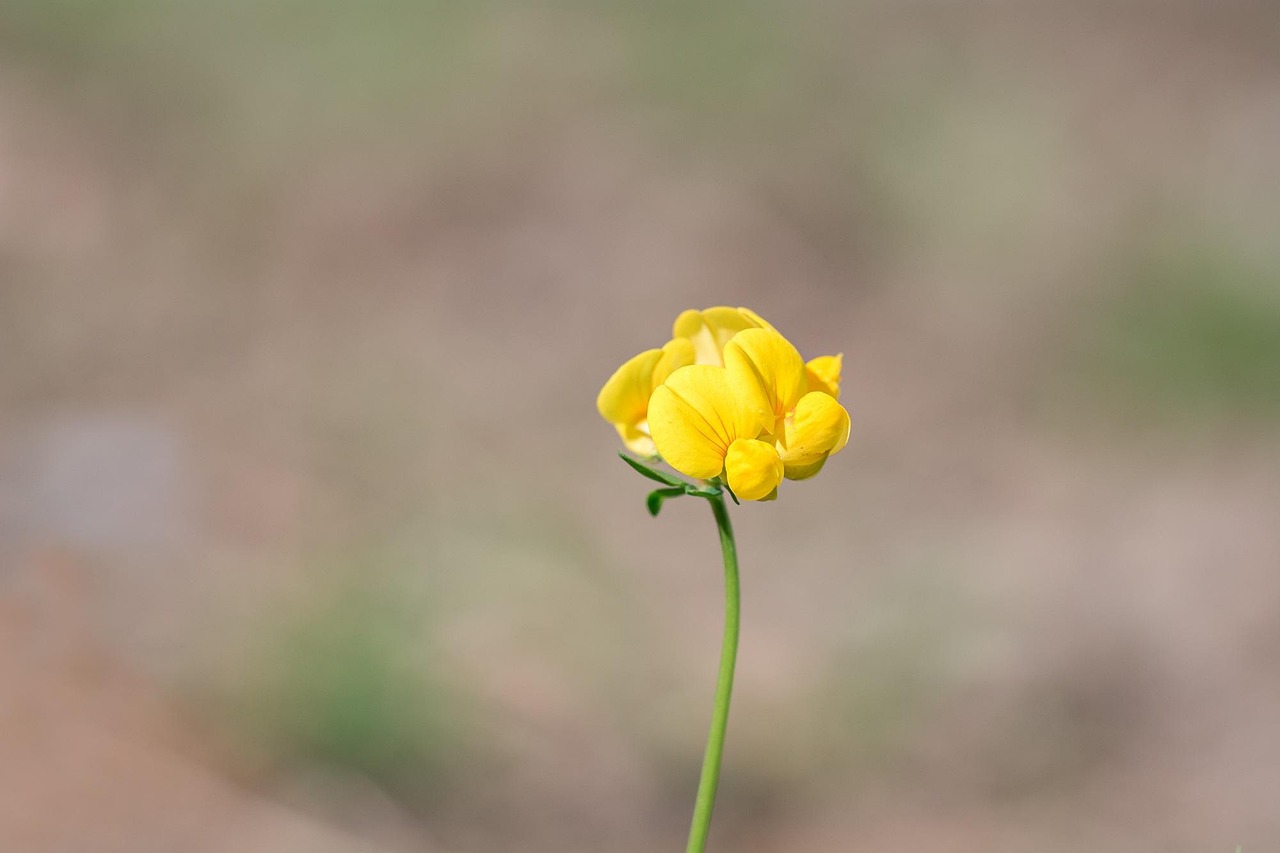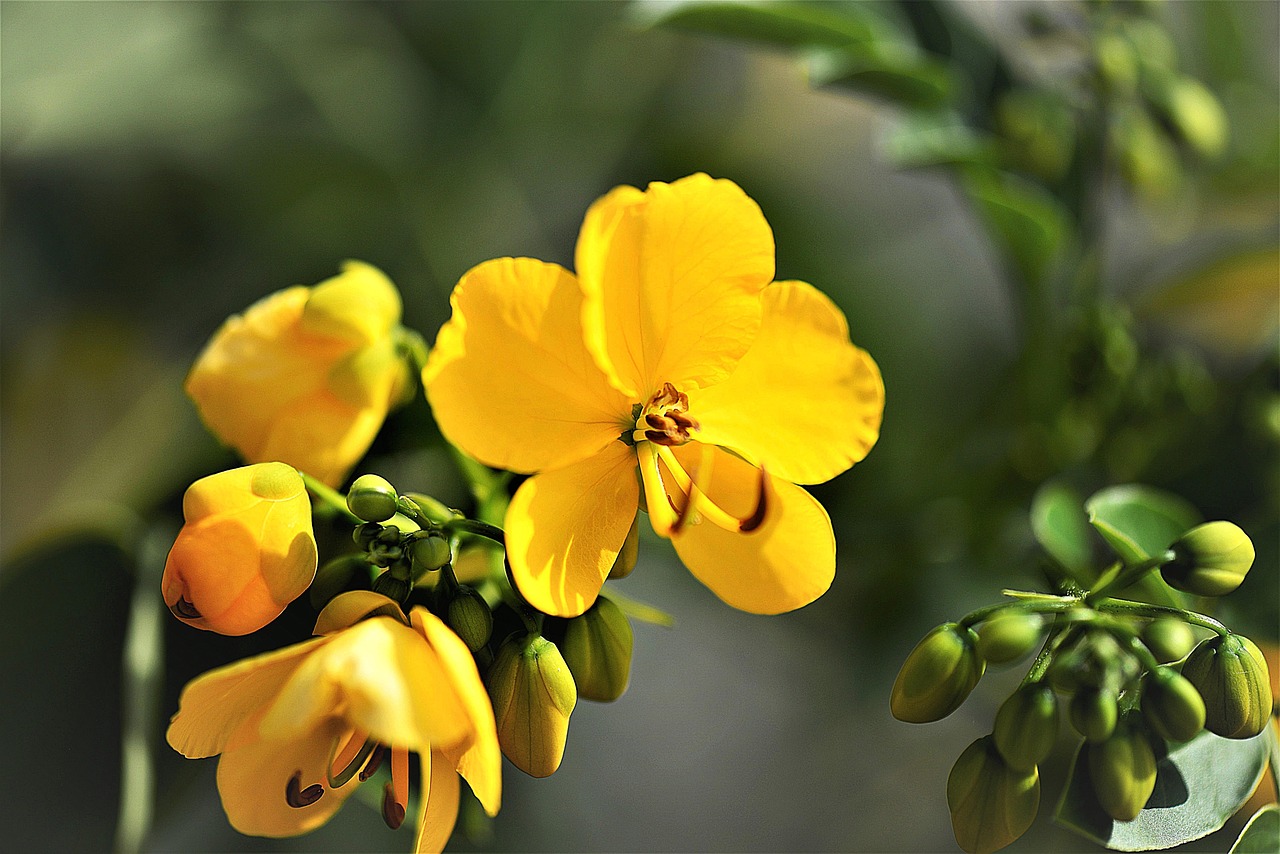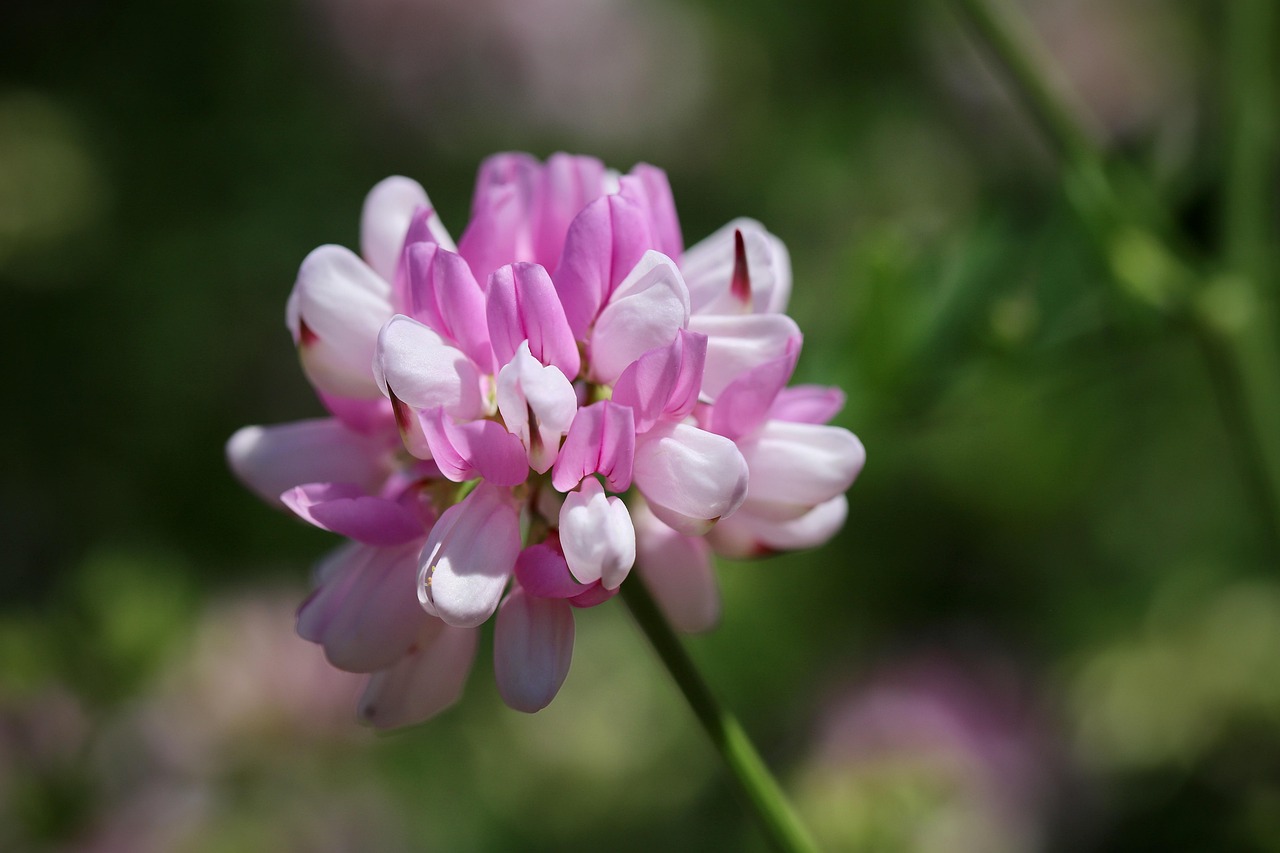Trifolium | The Lucky Flower with a Wish in Its Three Leaves
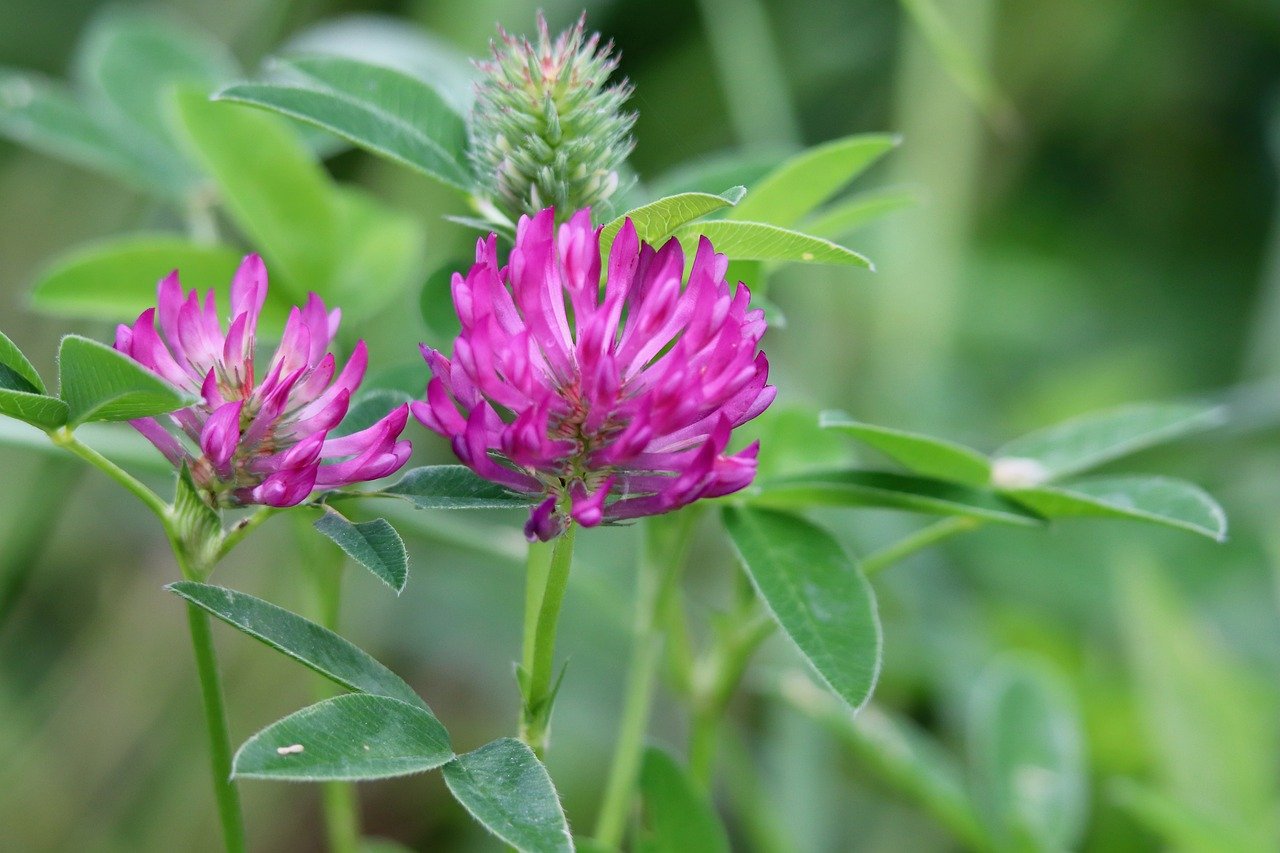
Trifolium, commonly known as clover, is a plant loved by gardening enthusiasts for its simple beauty and charm.
Widely distributed across Europe and beyond, it carries symbolic meanings and is cherished not only as an ornamental plant but also as a cultural icon.
In this article, I will introduce Trifolium in detail—from its basic information and cultural background to practical gardening tips.
Basic Information
- Scientific name: Trifolium
- Family: Fabaceae
- Origin: Europe, North America
- Appearance: Trifolium is characterized by its small trifoliate leaves. Some varieties feature patterned leaves, while others bloom in shades of red-purple or pink. It typically grows 10–30 cm tall and spreads along the ground, making it ideal as ground cover.
- Blooming season: From spring to early summer (April–June), it produces charming round flowers.
Cultural Significance Around the World
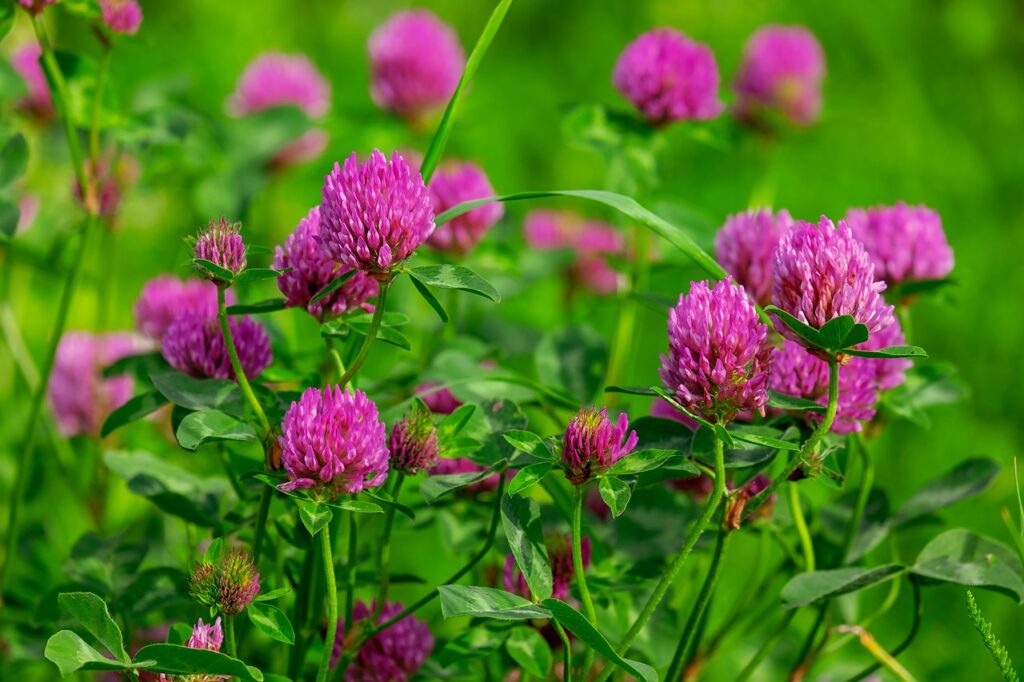
In Europe and the United States, Trifolium is widely recognized as a “symbol of good luck.” In particular, the four-leaf clover is famous as a global emblem of fortune.
In Ireland, the three-leaf clover (shamrock) is celebrated as the national flower. According to tradition, Saint Patrick used the shamrock to explain the Christian doctrine of the Holy Trinity. Because of this, it holds deep religious and cultural significance.
In the Mediterranean region, Trifolium has also been used as green manure and livestock feed. In recent years, it has gained popularity as an ornamental plant, with its charming leaves and colors often serving as delightful accents in gardens and potted arrangements.
Historical Anecdote
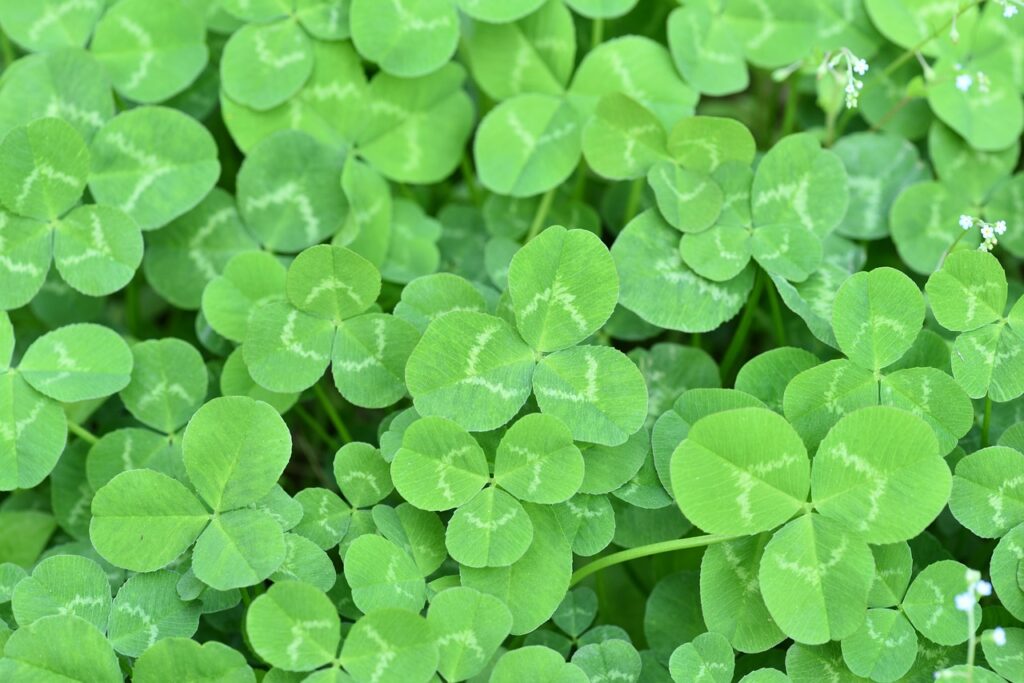
The story of the shamrock and Saint Patrick in Ireland is one of the most symbolic episodes in Trifolium’s cultural history.
In the 5th century, Saint Patrick worked to spread Christianity in Ireland. To explain the concept of the Trinity—the Father, the Son, and the Holy Spirit as one—he used the three leaves of the shamrock as a metaphor.
This simple yet powerful image helped make complex theology understandable to the people. For the Irish, the shamrock came to represent far more than a plant; it became a symbol of both Christianity and national identity.
Even today, this tradition continues, and shamrock motifs are widely seen across the country during Saint Patrick’s Day celebrations.
Gardening Advice
Trifolium thrives in sunny to partially shaded areas. It grows best where it can receive sunlight, but direct midsummer sun should be avoided.
Well-drained soil is ideal. Mixing pumice into garden or potting soil helps prevent root rot. Water sparingly, giving plenty only when the soil surface has dried.
Fertilizer is generally unnecessary, though a small amount in early spring encourages healthy growth.
Because clover spreads as a ground cover, it can quickly fill spaces. Regular thinning helps maintain an attractive appearance.
Varietal Differences
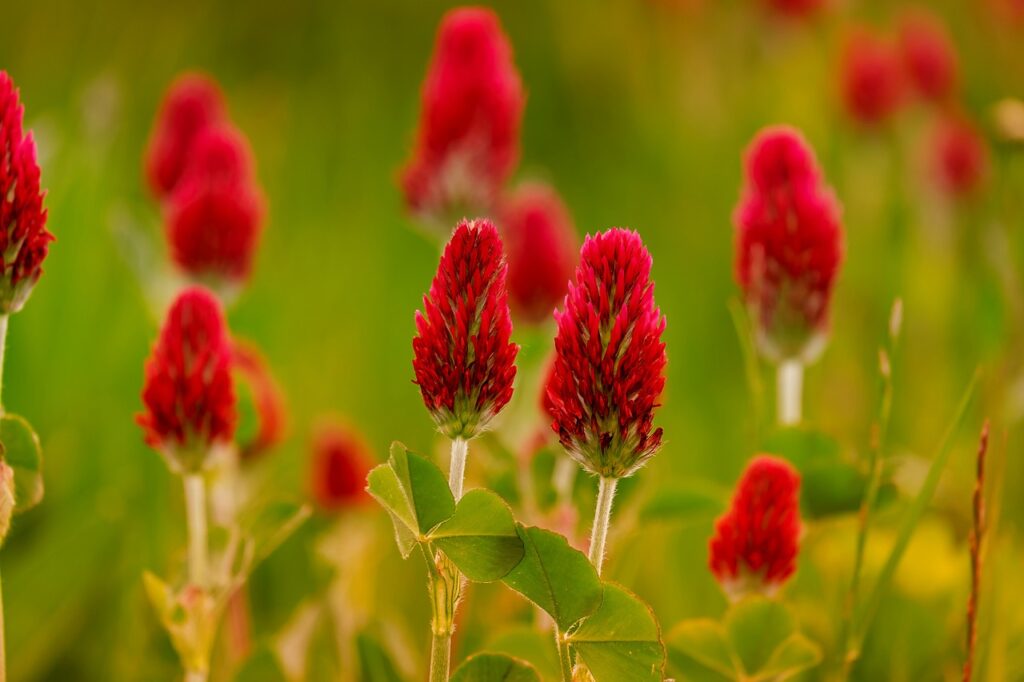
Trifolium has many varieties, each with distinct floral forms.
- Trifolium repens (white clover): Small white flowers cluster into round, fluffy shapes.
- Trifolium incarnatum (crimson clover): Striking red flower spikes bloom upright, creating a sharp and unique silhouette.
These differences add diversity to garden designs and enhance the plant’s ornamental value.
Conclusion
Trifolium is both a symbol of good fortune and a practical, versatile plant in gardening. By adding Trifolium to a garden or balcony, I can bring a touch of luck and greenery into daily life.
It is easy to grow and suitable for beginners, so I encourage you to try cultivating Trifolium yourself.

